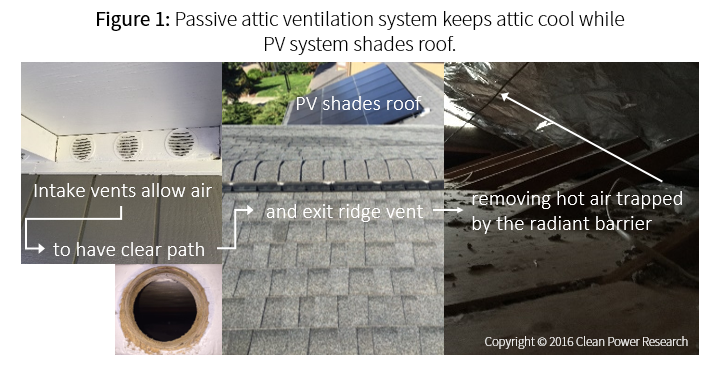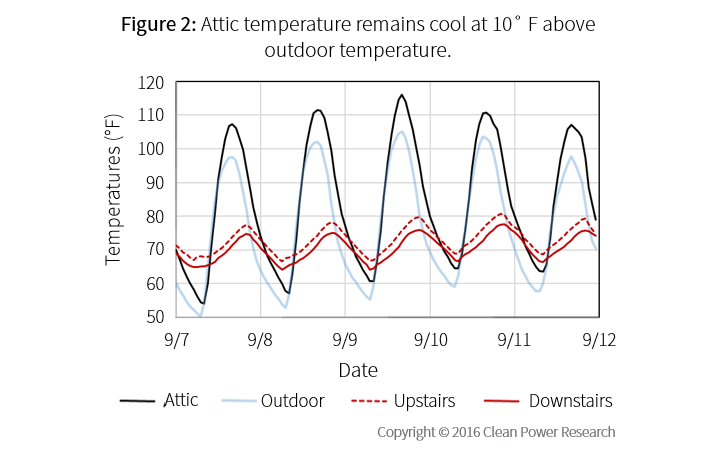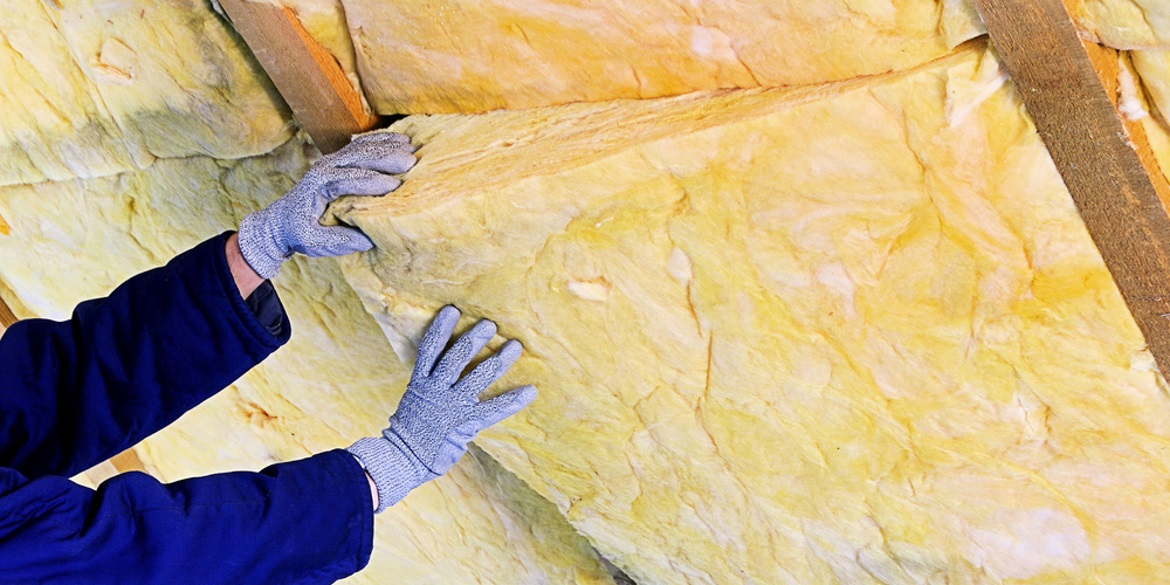This is the ninth article of an 11-part series on Solar+ homes. The series describes how homeowners can combine simple energy efficiency measures, solar PV, electric vehicles and appliance electrification to create households that are fully powered by solar electricity—even in existing homes. A Solar+ home provides substantial economic and environmental savings to the homeowner, and creates load profiles that are low-cost for utilities to serve.
Addressing building shell efficiency
The “Staying Warm in the Winter” article listed five sources of heat gain or loss in a building. They include: occupancy, internal electric, solar, HVAC and envelope.
Two of the five sources are associated with building shell efficiency. They are solar gain and envelope gain (or loss). Solar heat gain is caused by the sun shining through windows and heating exterior building surfaces. Envelope is the gain (or loss) due to the indoor/outdoor temperature differential and the building’s thermal conductivity. A building’s thermal conductivity is determined by the rate of infiltration and conduction.
Building shells are inefficient because they “leak” in three ways:
- Buildings with infiltration issues have too much air leakage.
- Buildings with conductivity problems have too much heat leakage.
- Buildings that allow unwanted solar gain have solar leakage.
Conquering Challenging Attics
Attics are a particularly interesting part of homes because they can be affected by all three types of leakage. As a result, they present an opportunity to discuss all three components of building shell efficiency. Consider how each type of leakage can influence building performance within attics.
- Heat leakage (conduction): Conduction is the first issue that consumers think about. Conduction problems occur because there is insufficient insulation to limit heat leaking into the house through the attic in summer, or out of the attic in winter.
- Air leakage (infiltration): Infiltration can be an issue in several ways. The stack effect can occur in the winter where cold air enters the home through holes and gaps near the floor, and hot air rises and leaks through holes and gaps in the ceiling. Mechanical ventilation such as attic fans in the summer can create low pressure in the attic if there is inadequate intake air ventilation. This creates the situation where the fan pulls cool air from inside the house through holes in the ceiling. Holes in the ceiling include gaps around light fixtures, poorly sealed attic hatches, and improper sealing around plumbing and HVAC exhaust pipes.
- Solar leakage (solar gain): Solar gain is an indirect issue that needs to be considered. It’s of particular concern in the summer. The sun heats the roof, which then heats the attic. The temperature will increase if there is inadequate attic ventilation. The insulation has to work harder to stop heat from “leaking” into the house as attic temperatures increase.
Solutions
The solutions to these issues are to seal holes, have adequate insulation and/or prevent unwanted solar gain. Conduction issues are solved by adding attic insulation. Infiltration issues are solved by plugging ceiling holes. Solar gain can be prevented in one of three ways:
- Block the sun by shading the building with trees or an on-roof structure like a PV system.
- Reflect the sun using reflective material.
- Ventilate to prevent heat buildup.
These are the same methods one would use to keep a car cool when parked outside on hot days:
- Block the sun by parking the car under a structure.
- Reflect the sun by purchasing a white car and windshield shades.
- Ventilate the car by opening windows.
Prototype house
The attic issues were addressed in the prototype house in a number of ways. One portion of the black roof was well insulated but not shaded. This portion only experienced solar gains. A PV system was situated over this part of the roof. It served the dual purpose of producing power and acting as a shade structure, thus cooling the roof.
The other portion of the roof had all three issues. Infiltration losses were reduced by sealing around light fixtures and other penetrations in the ceiling, and tightly shutting attic hatches. Conduction losses were addressed by adding attic insulation and providing insulation to uninsulated areas. Solar gains were prevented by using a passive ventilation system. The system had unobstructed intake air vents under the eaves that allowed the air to have a clear path to exit a ridge vent and remove hot air trapped by a radiant barrier (Figure 1).

As a result of these investments, the attic was only 10˚ F above the outdoor temperature even on the hottest week of 2015 (Figure 2). Put another way, the solar gain for the 900 ft2 attic area was reduced to the equivalent gain associated with a 2 ft2 clear window.

A key lesson learned was that attic ventilation components must be treated as a system. The technologies were installed and tested in this order: radiant barrier, ridge vent and then intake vents (including a clear path to the ridge vent).
The radiant barrier had almost no effect by itself. Temperatures reduced by half when the ridge vent was added. The intake vents, which were sized to avoid low pressure in the attic, completed the ventilation system and provided adequate ventilation. Keep in mind that this passive system even worked for a house with a black roof on hot days.
Key takeaway
Any building surface or portion of a building can be inefficient because it “leaks” in three ways: air leakage, heat leakage and solar leakage. Some surfaces have only one problem, while others, such as attics, can leak in all three ways. The solution is to seal holes, have adequate insulation and prevent unwanted solar gain. Each of these solutions is additive.
Don’t miss the next article in the series! Subscribe now to receive future updates about Solar+ homes.
To go to the next article in the Solar+ homes series, click here.
To go to the previous article, click here.
To jump to the first article in the series, click here.
